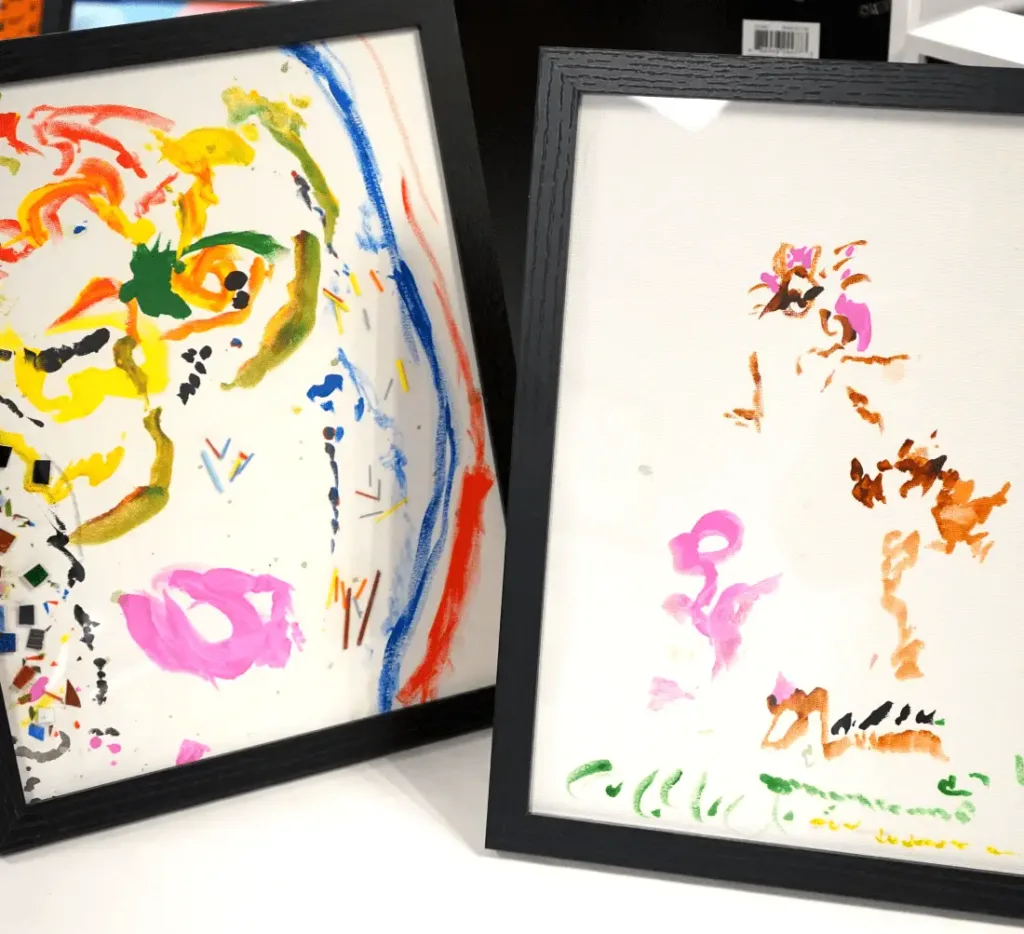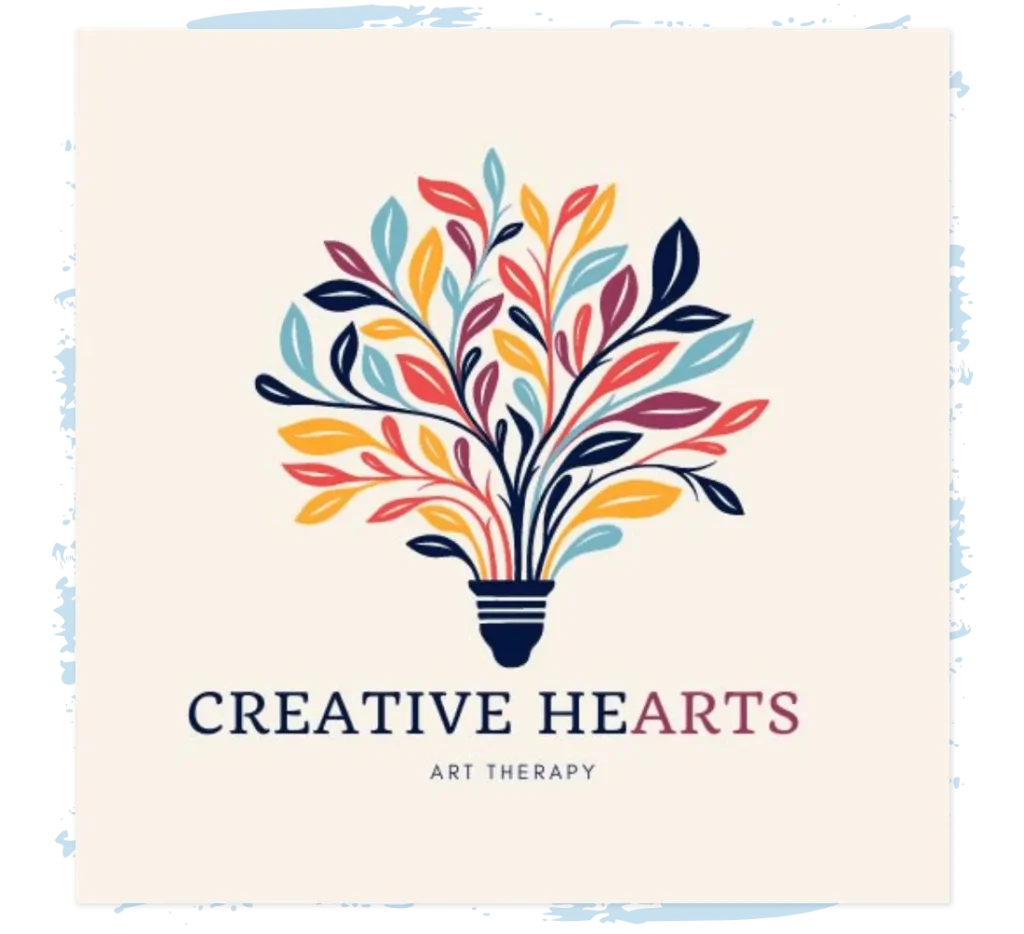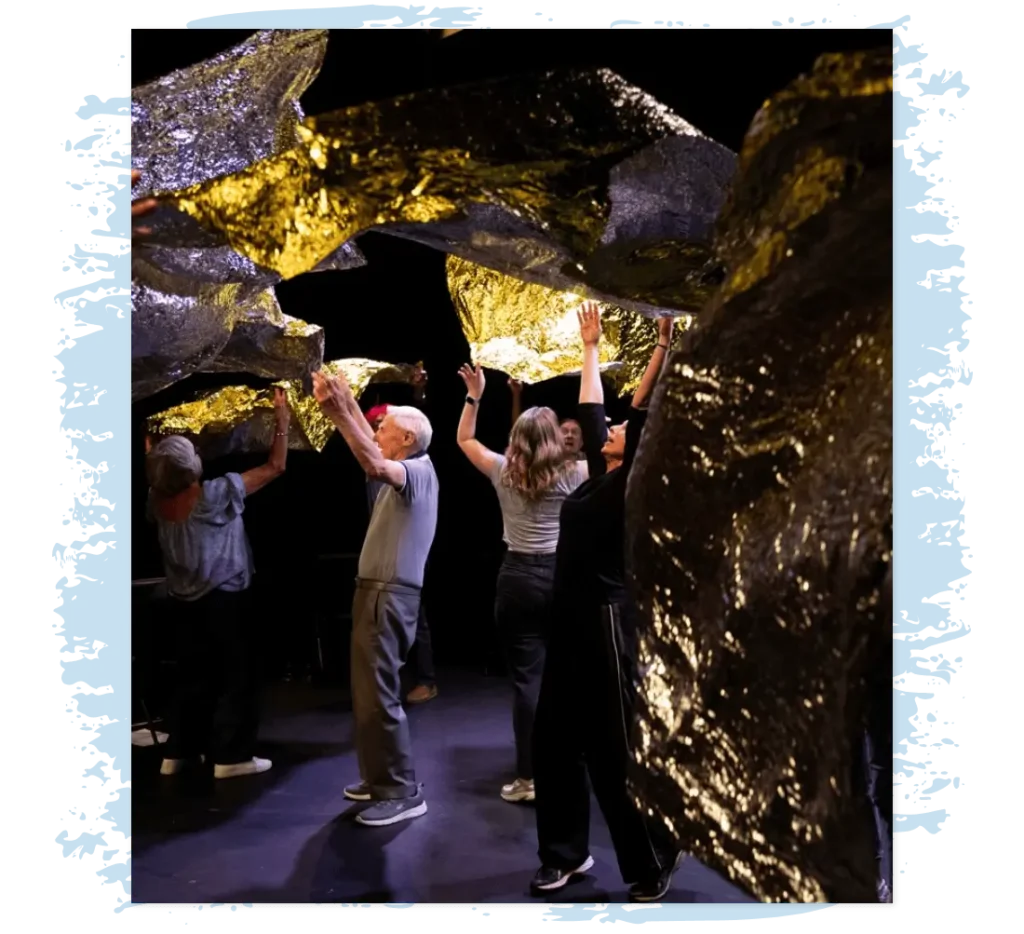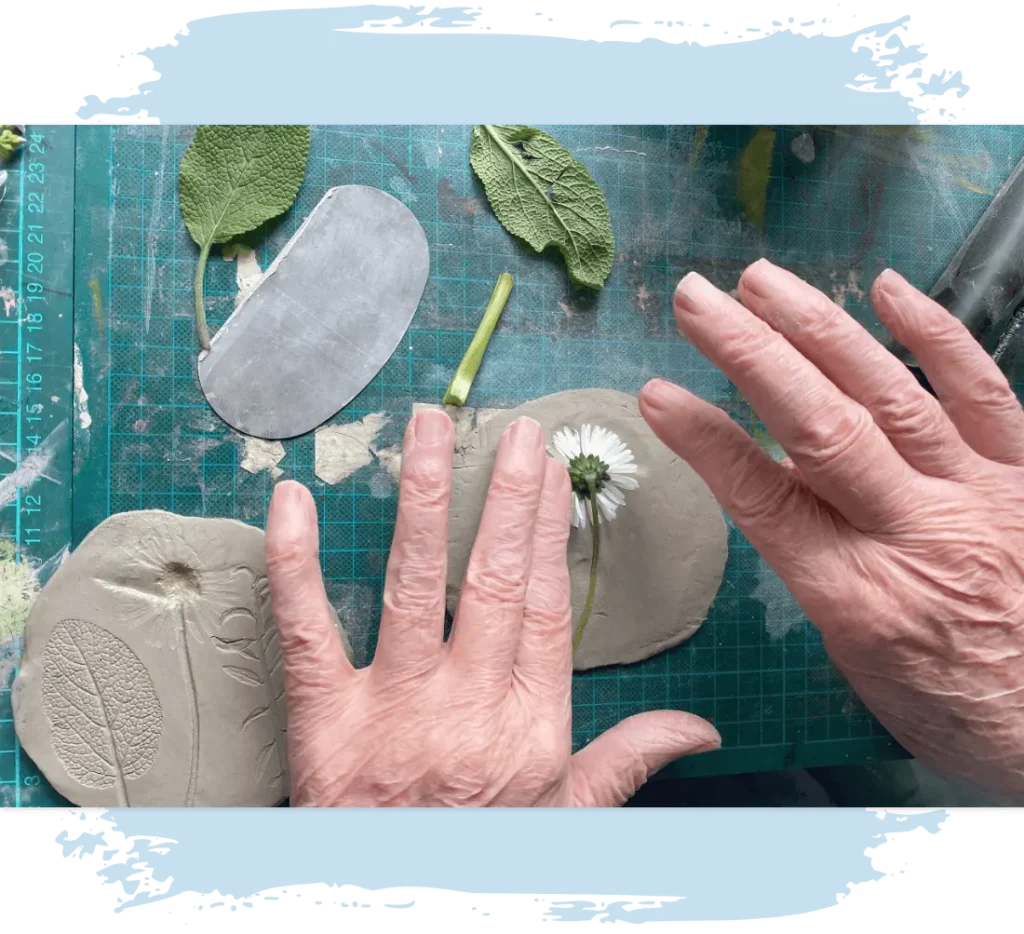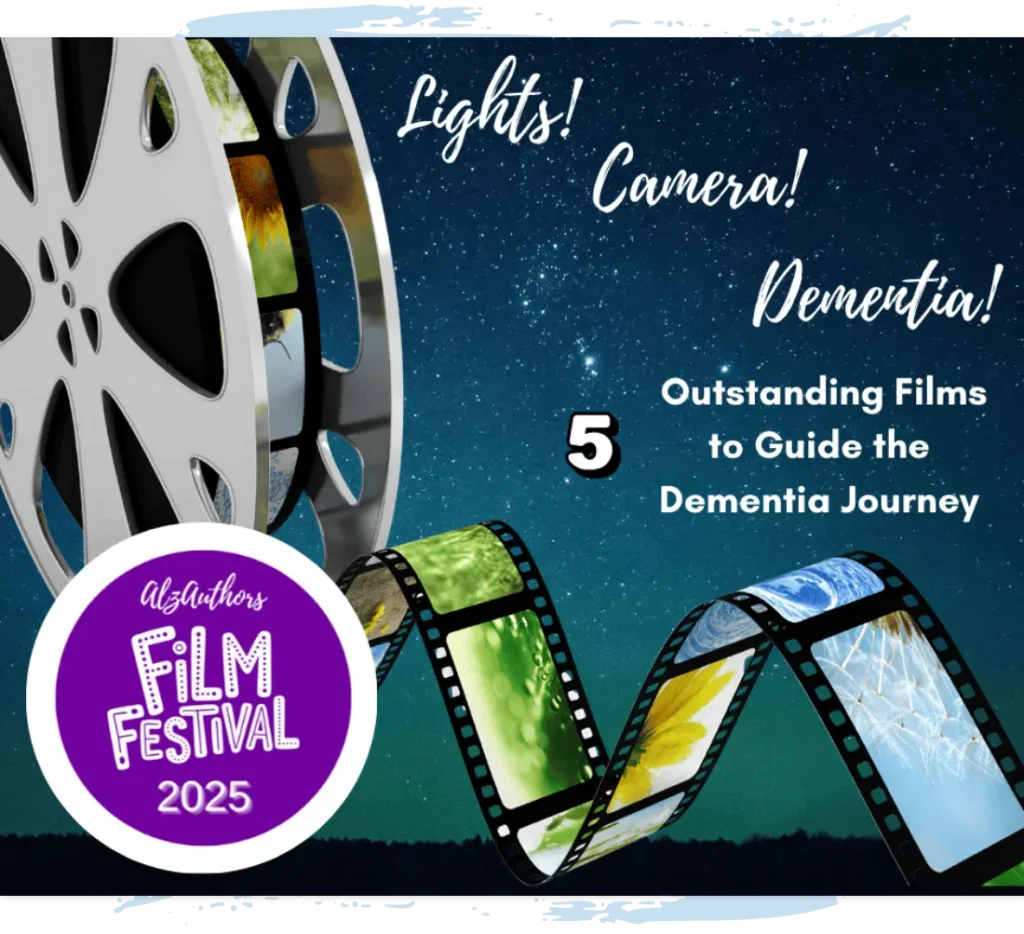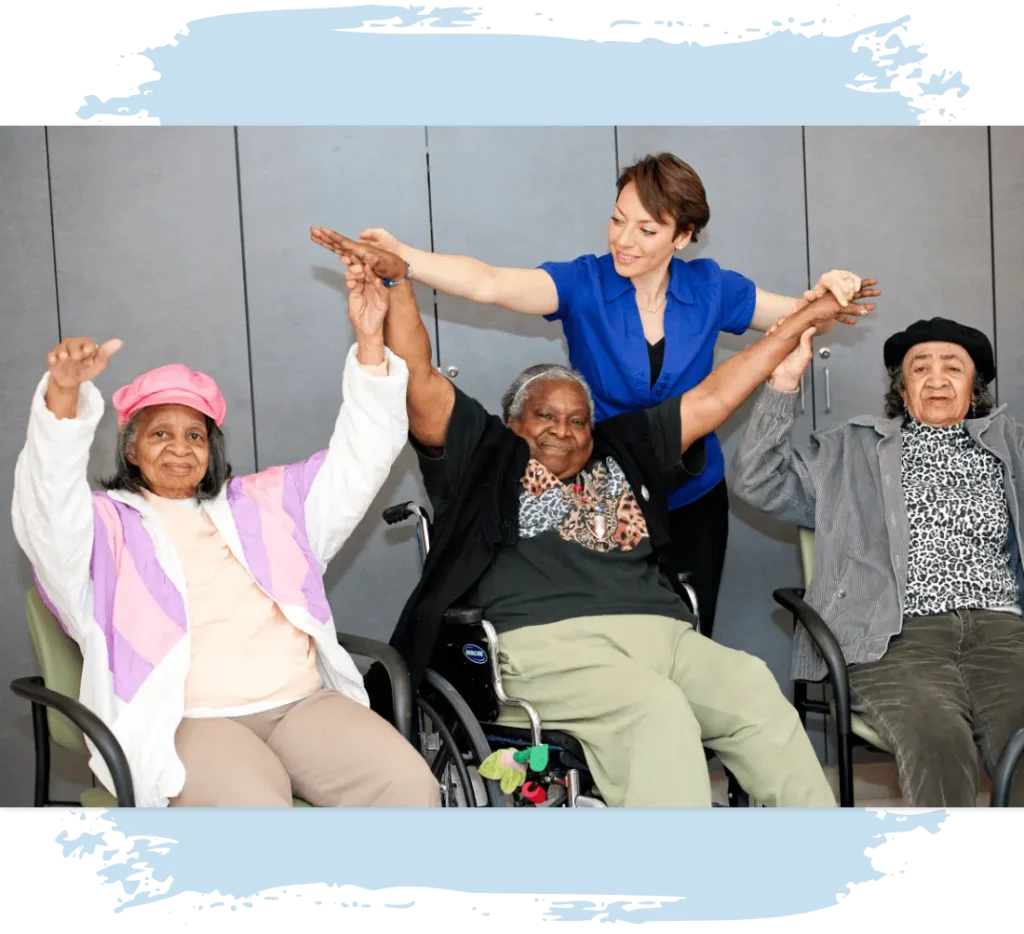What is the Teal Room: Artist in Residency Program and how did it come to be? What are the benefits to those living with dementia?
Organizer/Manager of Therapeutic Programming, Jackie Gatto, Alzheimer’s Foundation of America (JG): From October 24 – November 28, 2023, the Alzheimer’s Foundation of America (AFA) offered a six-week artist-in-residency program, facilitated by a local artist, Naomi Rabinowitz. Each week, participants reflected, reminisced, and created art that expressed their inner self “beyond the horizon.” During this series, participants created individual and collaborative mixed-media abstract and scenic paintings incorporating glass and other small 3D objects.
In 2019, AFA created this program to provide individuals living with Alzheimer’s disease the opportunity to express themselves creatively. Consistently meeting helps individuals deepen social/emotional connections and form a sense of familiarity with one another. Having their artwork displayed, which was done on week 6, gives individuals validation and the chance to have their abilities and inner self shine.
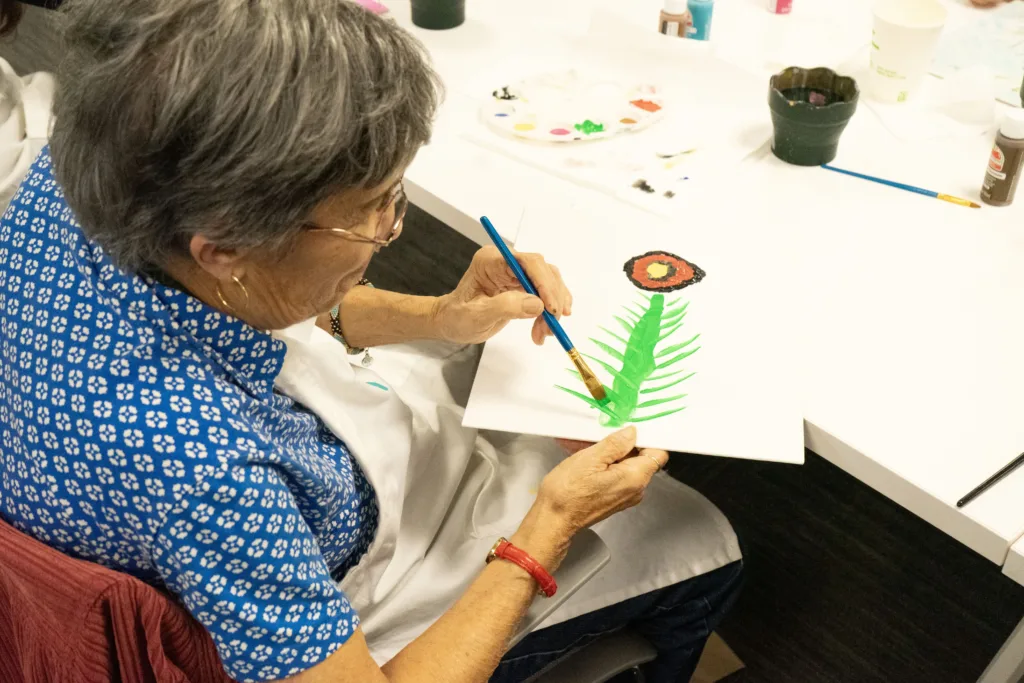

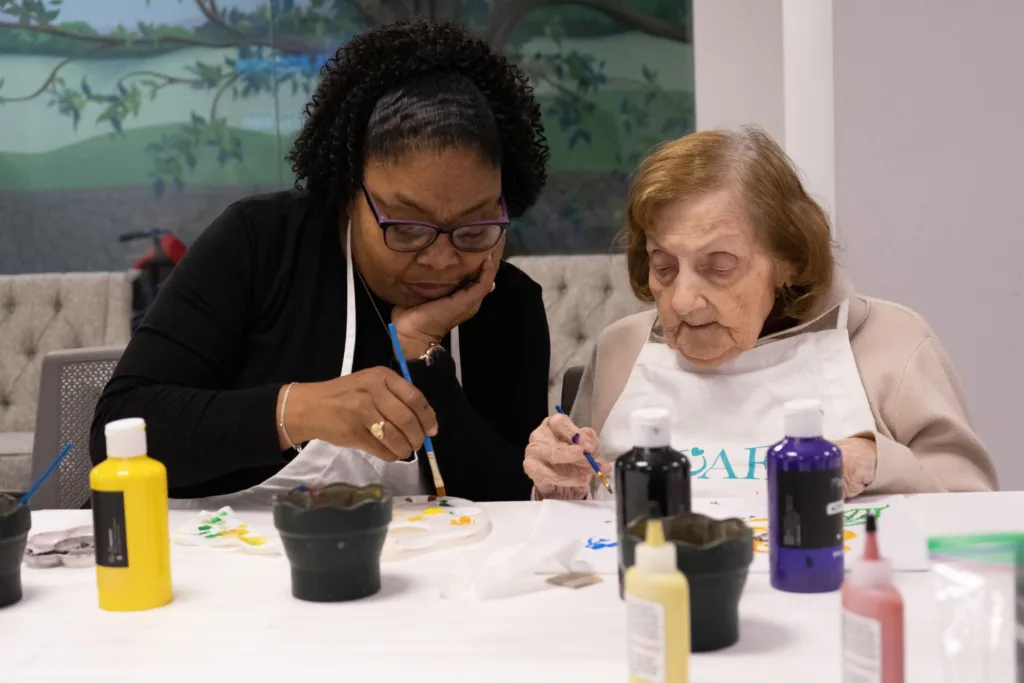
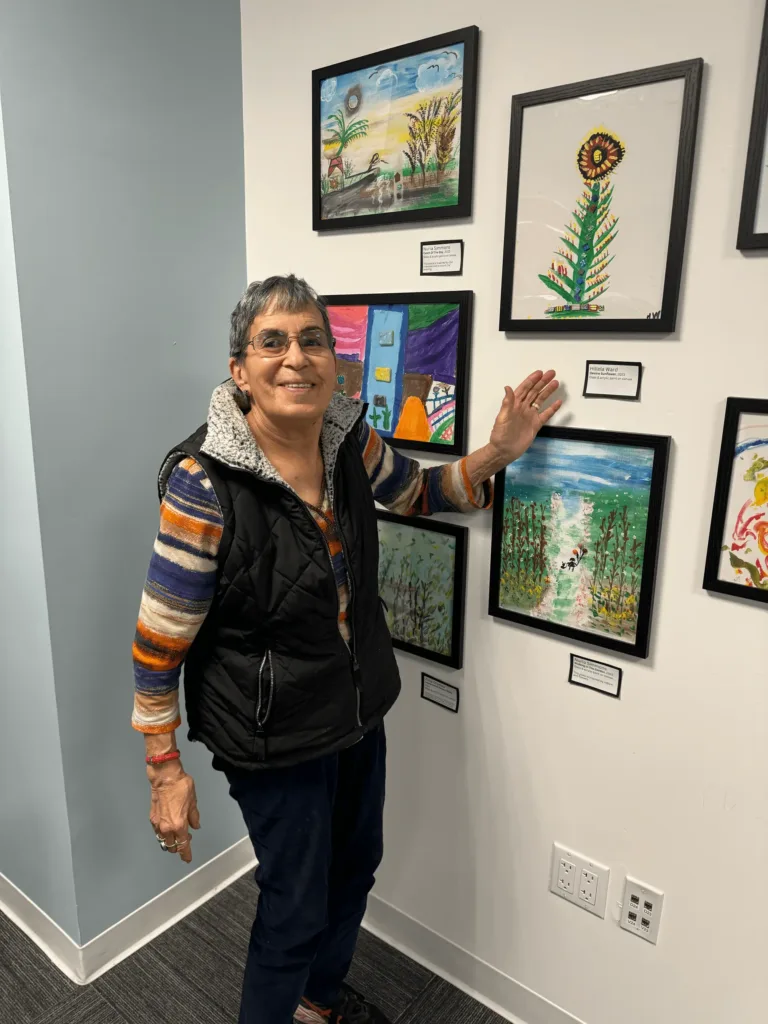
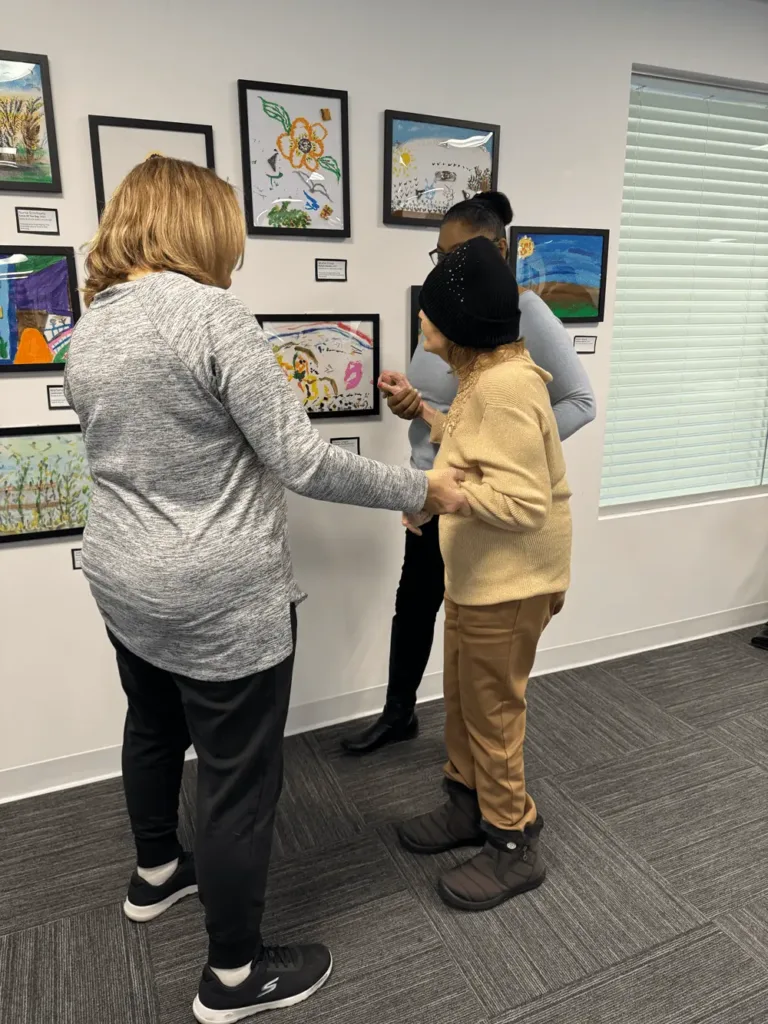
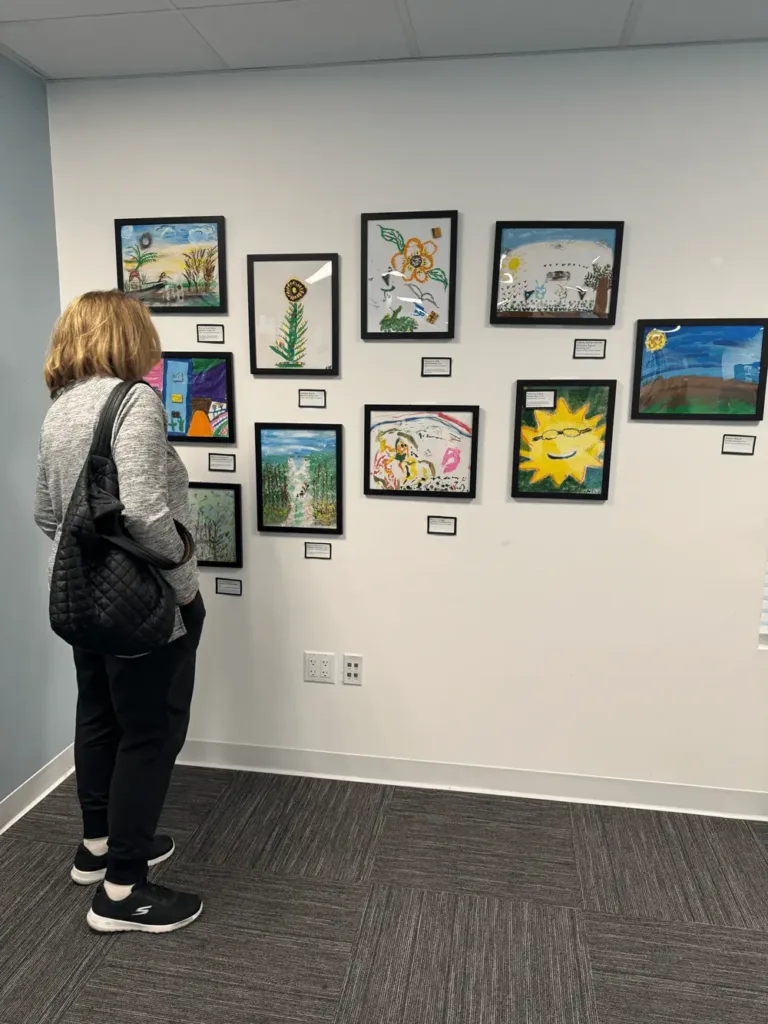
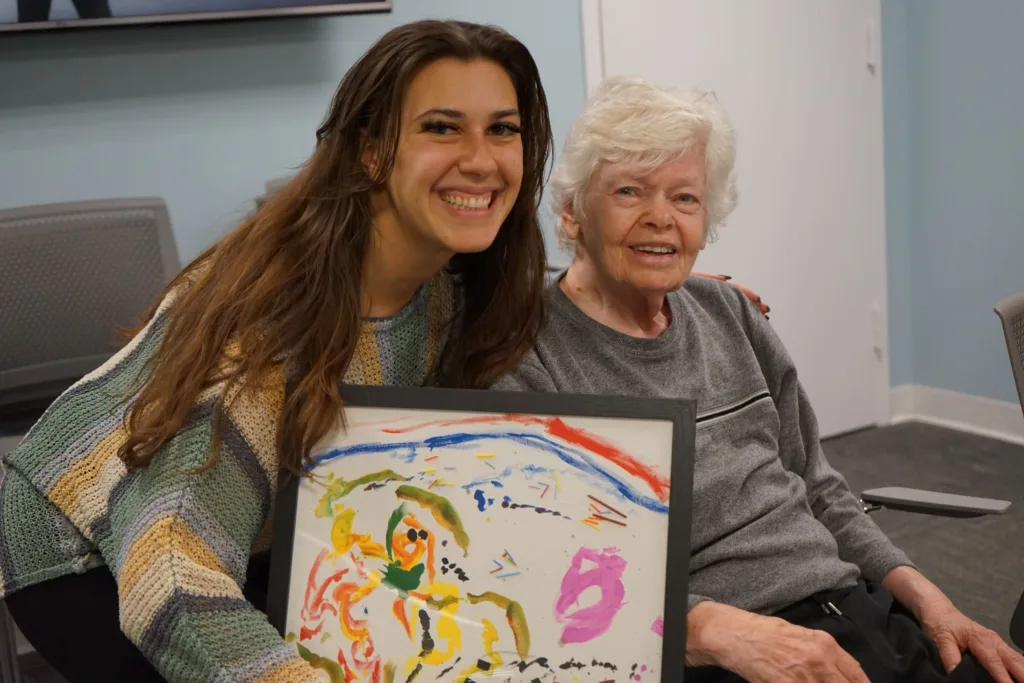
On week 6, the participants previous works were placed on display and friends and family were encouraged to come in to view the pieces.
Describe your experience as the Alzheimer’s Foundation artist in residence. What is Beyond the Horizon all about?
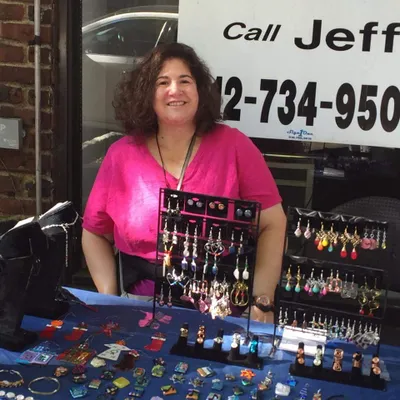
Artist-in-residency 2023 Naomi Rabinowitz (NR): In Beyond the Horizon, the title encompassing my work during the artist-in-residence program at the AFAs’ Teal Room, I worked with students living with dementia, to create multimedia projects combining painting and fused glass. The project incorporated motor and cognitive skills, and a sense of community and fun. My students were given the freedom to create any kind of painting they wanted, and their imaginations ran wild. Each did several individual pieces, and we then completed two large group projects. All showed the students’ personalities and interests; the group projects challenged everyone to combine their interests into one cohesive vision. The final projects reflect the joy and whimsy that went into creating them.
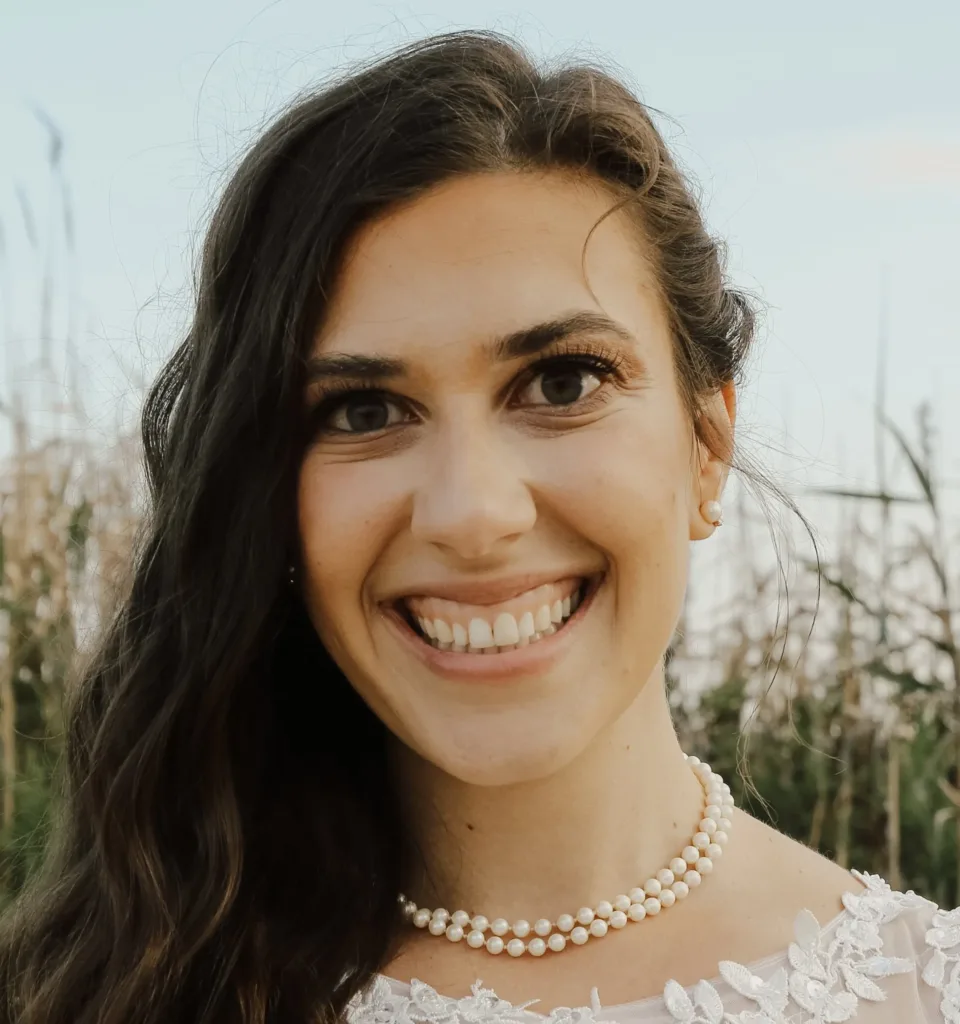
What brought you to work with dementia?
JG: When in graduate school, I was very interested in working with older adults. Upon graduating, I worked in skilled nursing and assisted living facilities as a dance/movement therapist and recreational therapist. Seeing how the arts influence the mood of individuals living with cognitive change and enhance their connections with others grew my passion and led me to where I am today.
NR: I began volunteering as a musician for various senior centers in 2015—which soon turned into full-time work doing music and teaching art to seniors. Over the years, many seniors have stated how much the arts have helped their mental states. I’ve had students with dementia who’ve surprised me at how skilled they are at art. I’ve had other students’ memories come out while working on pieces, because the colors or textures reminded them of something from the past. Seeing this side of them come to life encouraged me to further pursue classes with this demographic.
How has working on dementia-related art changed you?
JG: Regardless of age or cognitive functioning, art can be created and appreciated by all, if given the opportunity to. Anyone can be a lifelong learner, creative and playful at all stages of life.
NR: I enjoy working with students who are 70-, 80-, 90-years-old, and are still having the experience of doing something for the first time. My students have inspired me to keep trying different things and to not give up on myself.

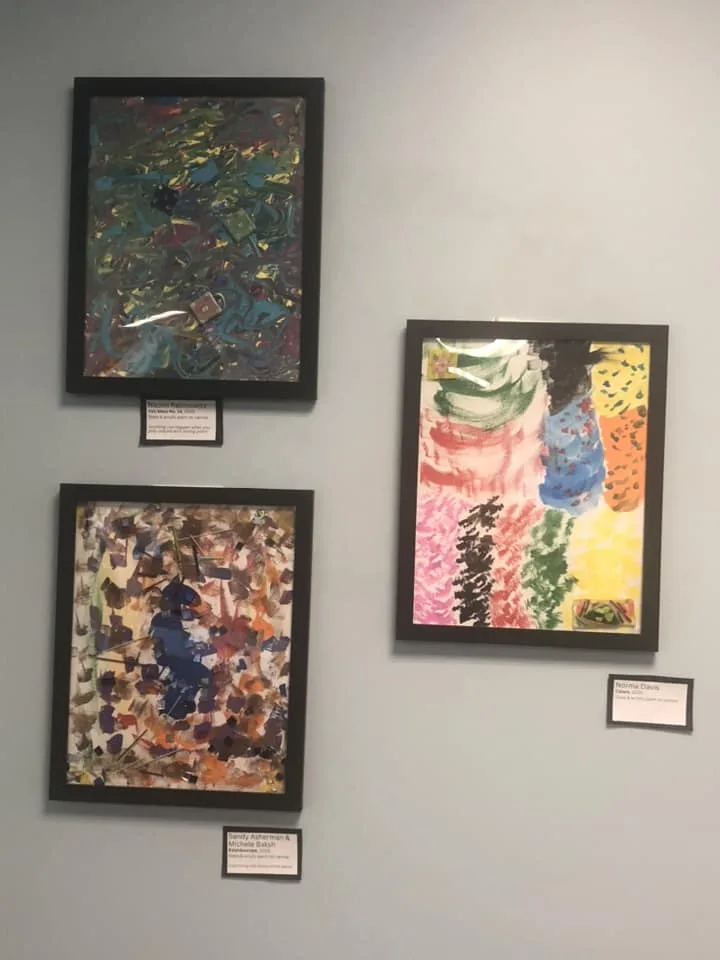
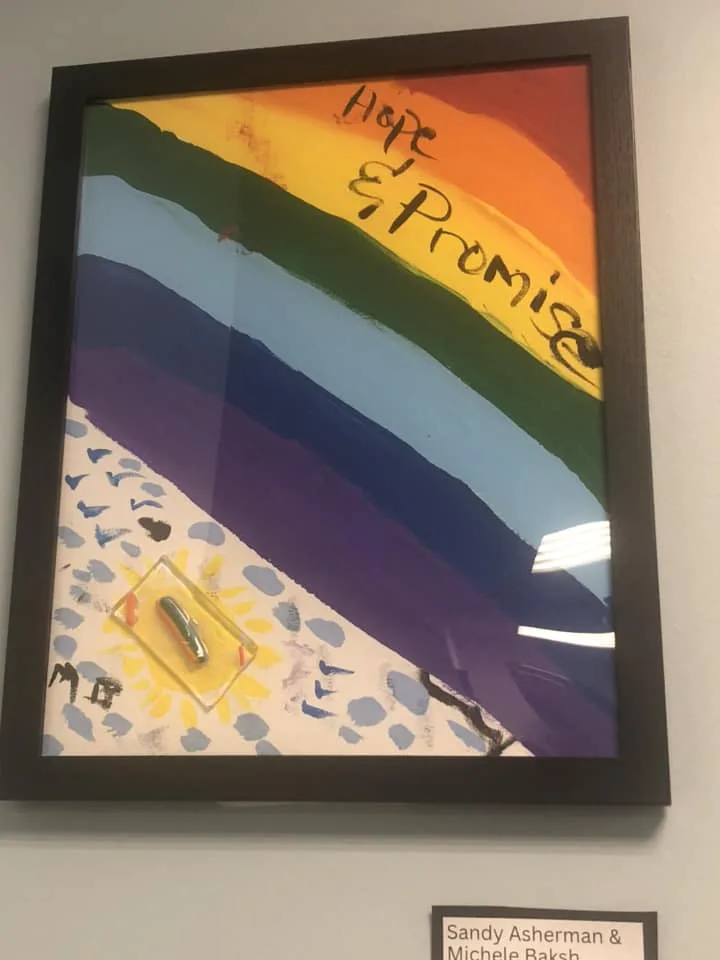


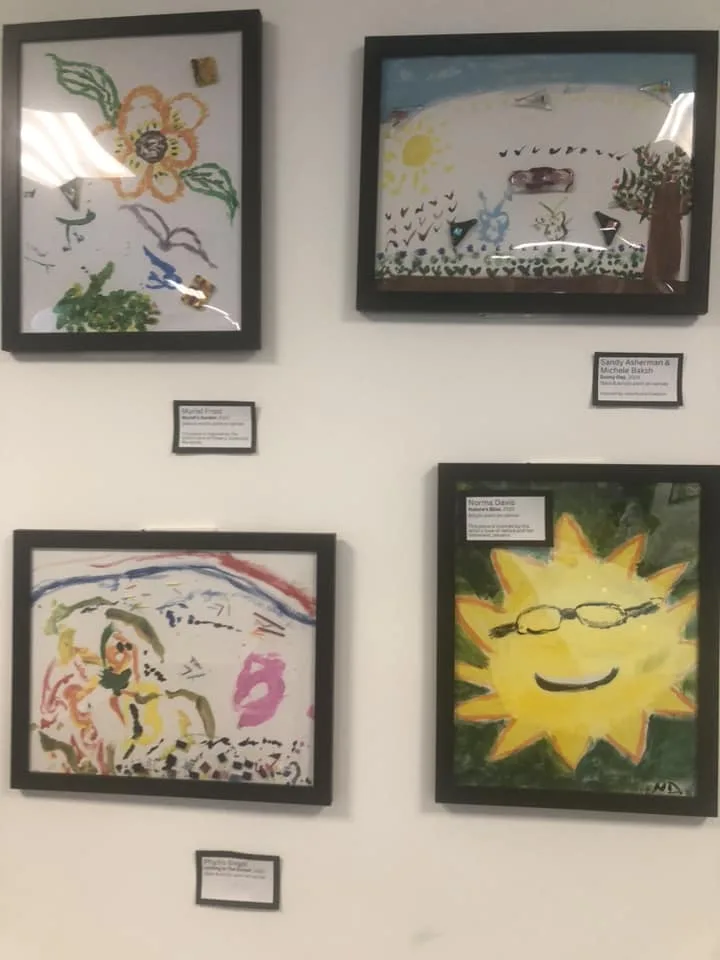
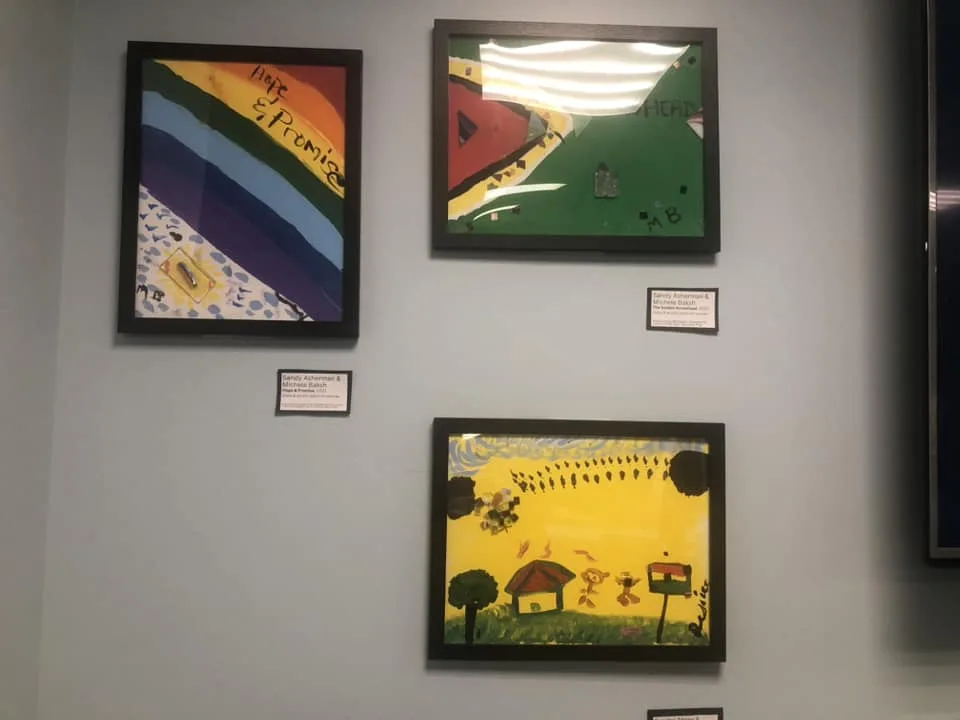
Images: Naomi Rabinowitz (Facebook)
How has Beyond the Horizon been received?
JG: Our community members have expressed their change in mood to be more positive because of the AFA Teal Room’s Artist in Residency program. Participants show a deeper interest in creativity and social connection.
NR: As for the Beyond the Horizon program, students worked with their caregivers, and all had a great time. The hours spent didn’t only involve working on projects; we had some great talks about all sorts of subjects from the holidays to family to travel. All of this fostered that sense of community and friendship. Once the pieces were hung, the pride on the students’ faces was evident, especially when they showed off their work to family members.
The AFA Teal Room provides a variety of art-based and therapeutic programs every week. Classes are offered in-person at the AFA’s Education and Resource Center in Manhattan, located at: 322 8th Ave, 7th floor, New York, NY 10001 and https://alzfdn.org/communityclasses/.
Find more from the AFA on Facebook, Instagram, X, and LinkedIn, and Naomi Rabinowitz on Instagram and the Web.

